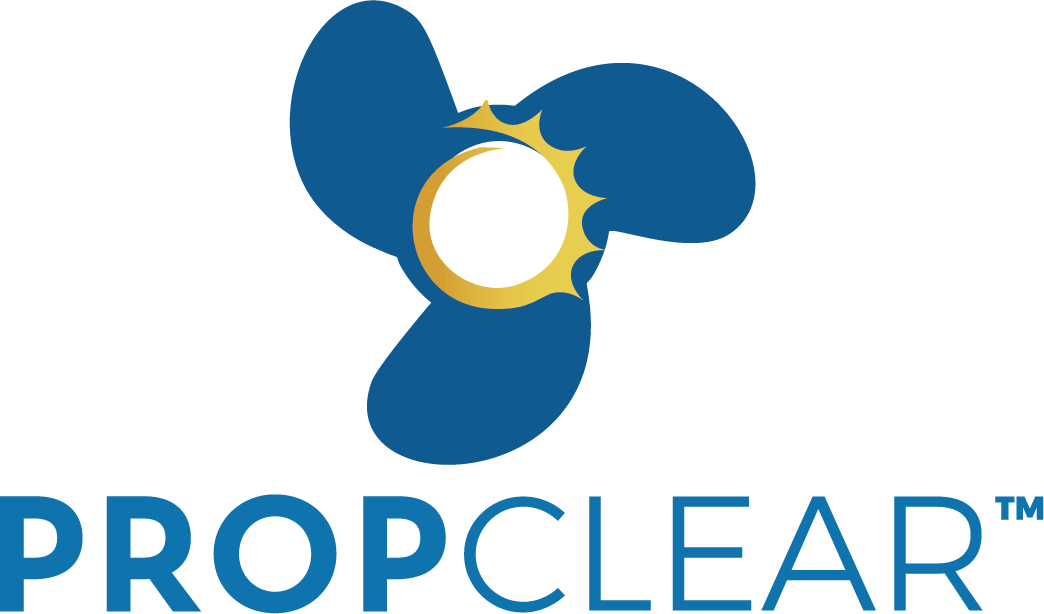Like driving a car, driving a boat has its own set of road rules to ensure everyone can enjoy being on the water safely. This short video will give you a basic introduction to some of the safety considerations.
Please be advised that the videos and all information contained on this webpage are no replacement for a US Coast Guard Approved Boater Safety Certification. We recommend that any Person In Command (PIC) of a boat have a US Coast Guard approved Boater Safety Certification before you leave the dock.

